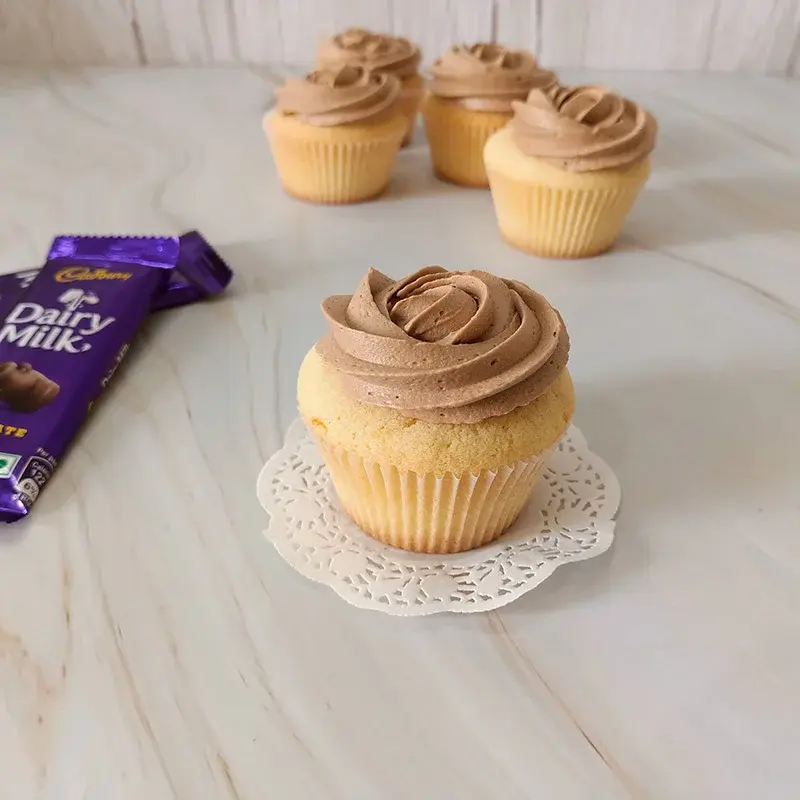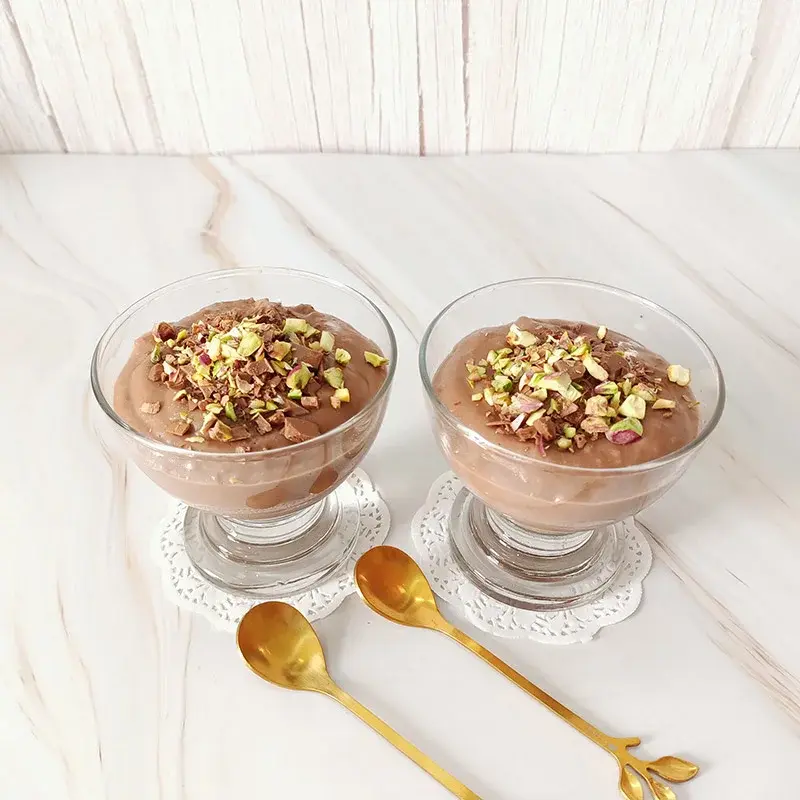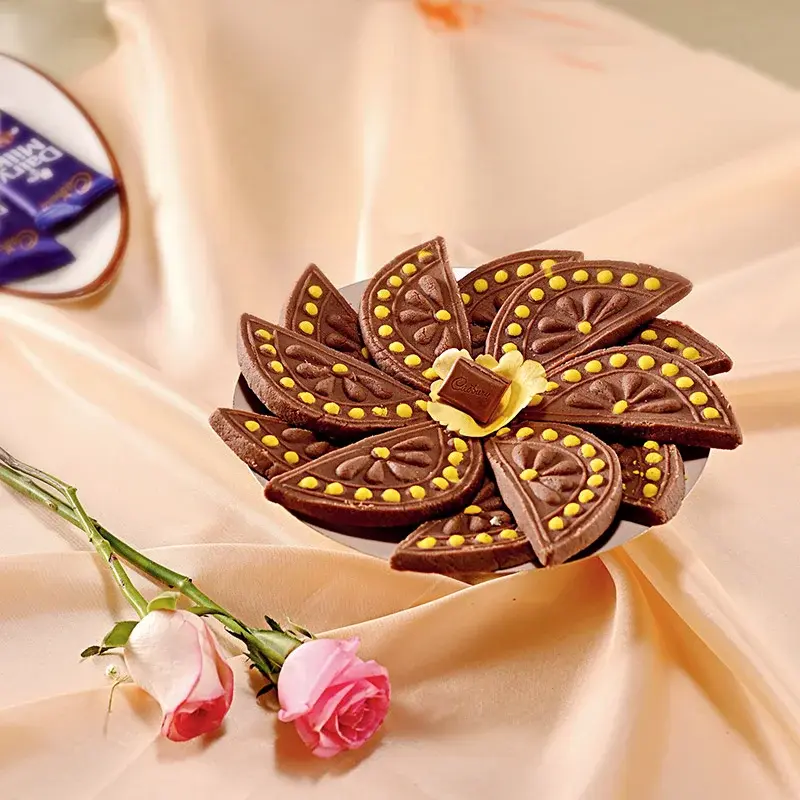- Home
- Articles
- quick sweet recipes: Here’s A Detailed Guide Teaching You How To Make The Perfect Knafeh
There’s something special about trying out unique new desserts. So follow this quick sweet recipe and enjoy a delicious new Arabic dessert.
Knafeh is a traditional Arabic dessert made with spun pastry called kataifi which is soaked in a sweet syrup called attar and layered with cheese or clotted cream. It's a popular dessert in the Middle East and the name can mean the string pastry or the entire dish too. The dish is often topped with nuts, depending on the region it's being cooked in. A popular story goes that the dish was created several years ago, and prescribed by doctors in earlier times to satisfy the hunger of the caliphs during Ramadan. A dish similar to the knafeh is also mentioned in various writings, as early as the tenth century, and to be of Farimid origin. But those are different from the modern versions of the knafeh. The dish has a rich history and strong, individualistic flavors. So try this unique dessert, following this quick sweet recipe, and enjoy a delicious new dish. We’re sure you’ll enjoy making and eating it and whoever you share it with is going to love it too.
Ingredients:
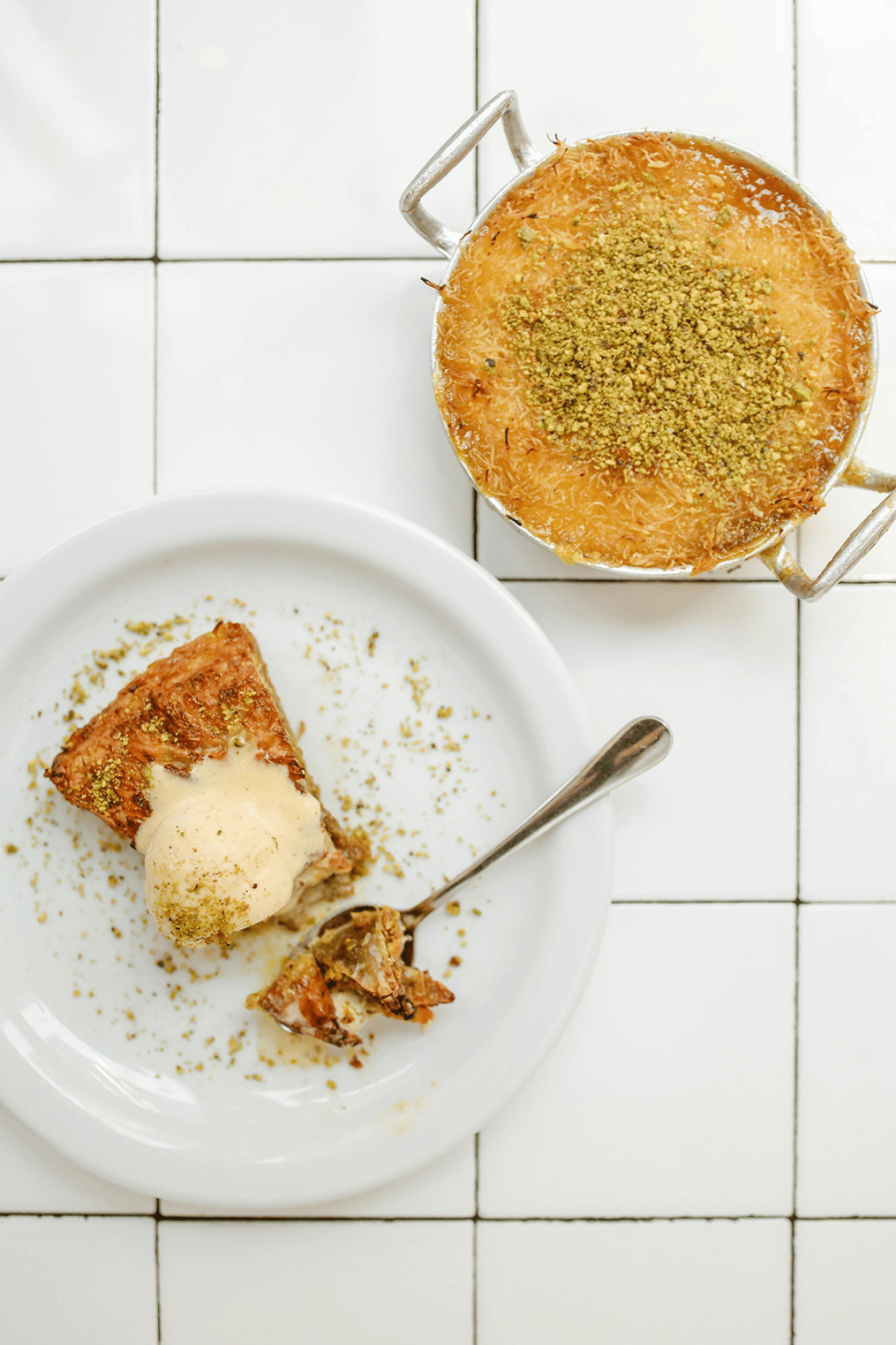
- 200 gm sugar
- 180 ml water
- 5 ml lemon juice
- 5 ml rosewater
- 5 ml orange blossom water
- 450 gm cheese mixture - Akkawi and fresh mozzarella
- 454 gm kataifi
- 225 gm unsalted butter
Directions:
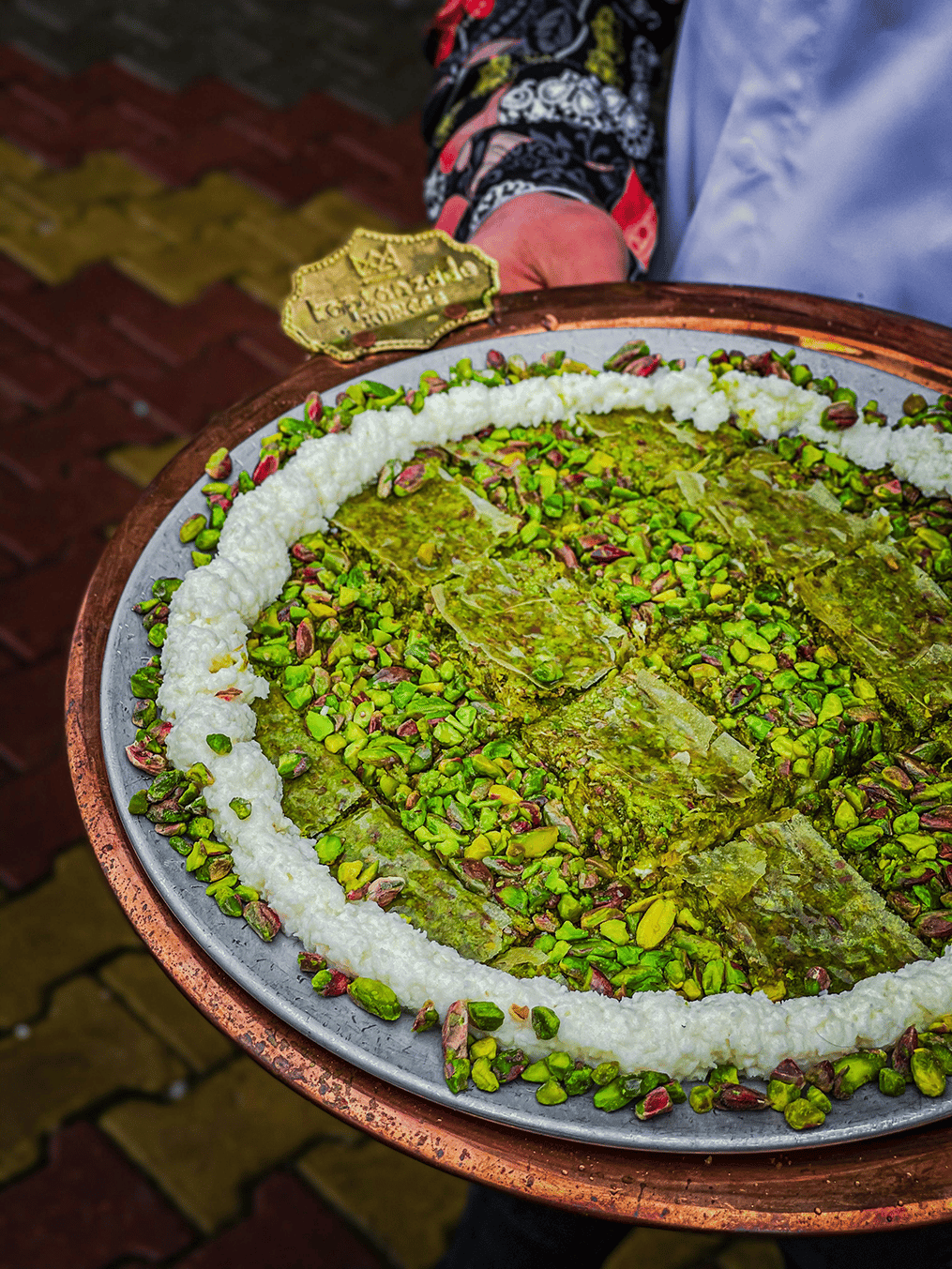
- First, prepare the scented syrup. In a small pan, add water and sugar and heat on medium heat. Keep heating till it comes to a boil. Stir occasionally so that the sugar does not stick to the bottom of the pan and burn. The sugar should be fully dissolved. Once it is, turn off the heat. Then add the lemon juice, rosewater and orange blossom water. Mix well and set aside to cool.
- Now, soak the cheese. Cut the cheese into small chunks and place them in a bowl. Then add cold water and soak the cheese for 15 minutes. Then drain the water out and refill the bowl with frsh cold water. Soak for another 15 minutes and then drain again. Repeat this process 3 to 4 times, until the cheese is no longer salty. Then drain and place the cheese in a bowl lined with a paper towel.
- Next, shred the kataifi. First, let the kataifi brick thaw. Then use a knife to cut in into uneven large chunks. Add the chunks to a food processor and beat until it is shredded into a fine crumble.
- Now add the butter to the kataifi. For this, first melt the butter in a small pan. Then place the shredded kataifi in a large mixing bowl and coat it with the melted butter. Use your hands to run it in and make sure all the strands are thoroughly coated with the butter.
- Preheat the oven to 350°F or 177°C.
- Now grease the baking dish with butter. Add half the buttered kataifi to it, pressing it down firmly to make it level. Then add the cheese filling, and then the remaining kataifi on top of the cheese. Press it down to create an even layer.
- Bake for about 45 minutes. The exact time will depend on the machine you're using. You’ll know it's done when the top is golden brown.
- Once done, let it sit at room temperature for 10 minutes to cool. Then carefully invert it onto the serving plate. Pour the cooled syrup on the knafeh. Garnish with crushed or ground pistachios.
- Serve cool.
- Leftover knafeh can be stored in the fridge for about three days in an airtight container. Heat in the microwave or oven before eating.
Notes, tips and tricks:
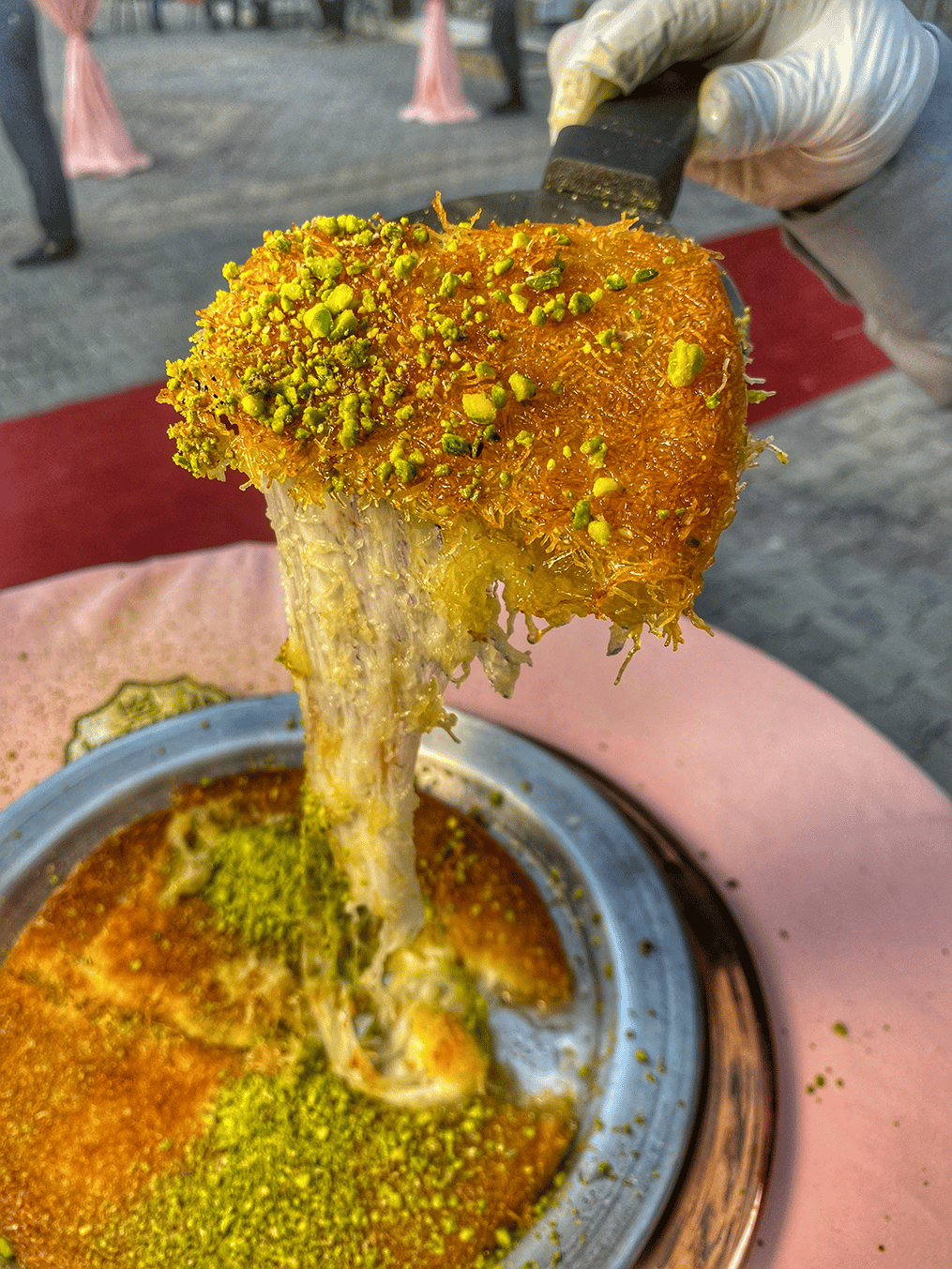
- The kataifi is essentially a shredded filo dough that you should be able to find in the freezer section of any Middle Eastern store.
- While the recipe calls for both rose and orange blossom water, you can use either one depending on your taste preferences, or a combination of both as recommended in the recipe above.
- Instead of pistachios, you can also top the dish with ground or sliced almonds. But Middle Eastern desserts are generally garnished with pistachios, for its unique flavor and pop of color.
- You can also garnish the dessert with rose petals.
- The syrup can be made ahead of time and then stored in the fridge for up to three days in an airtight container or glass jar.
Like This Article?
More Like This
Popular Articles
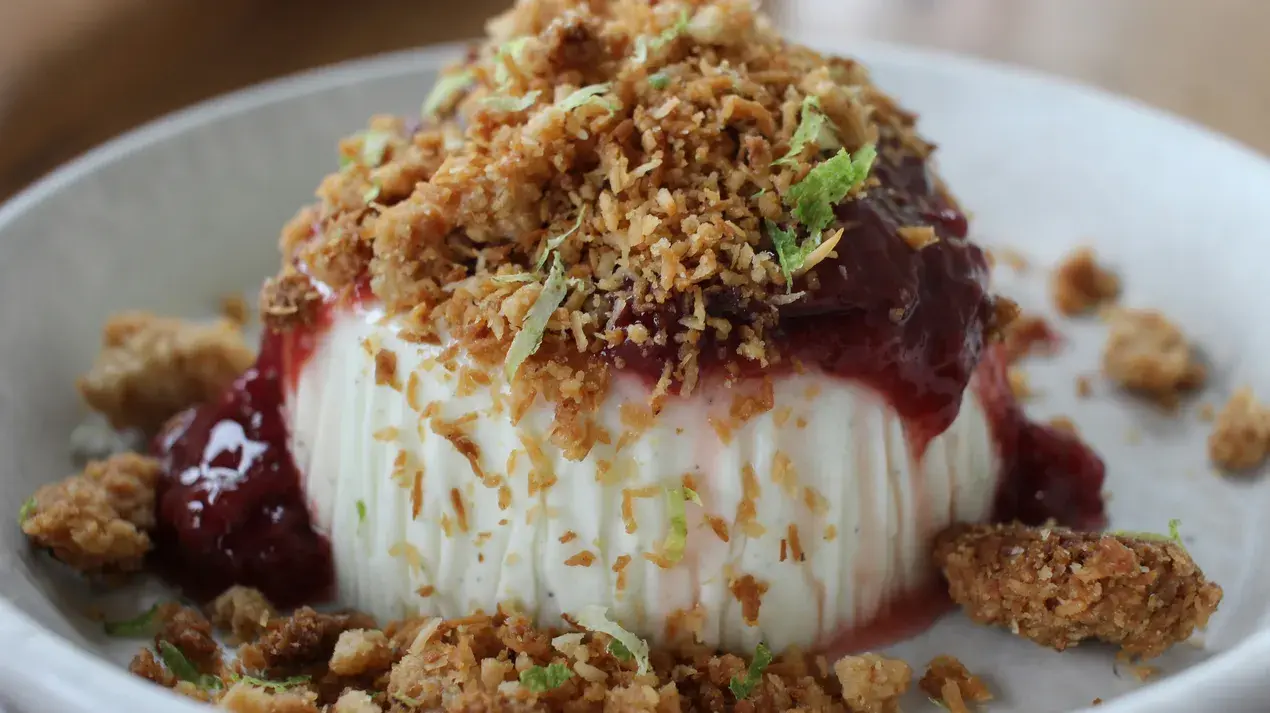
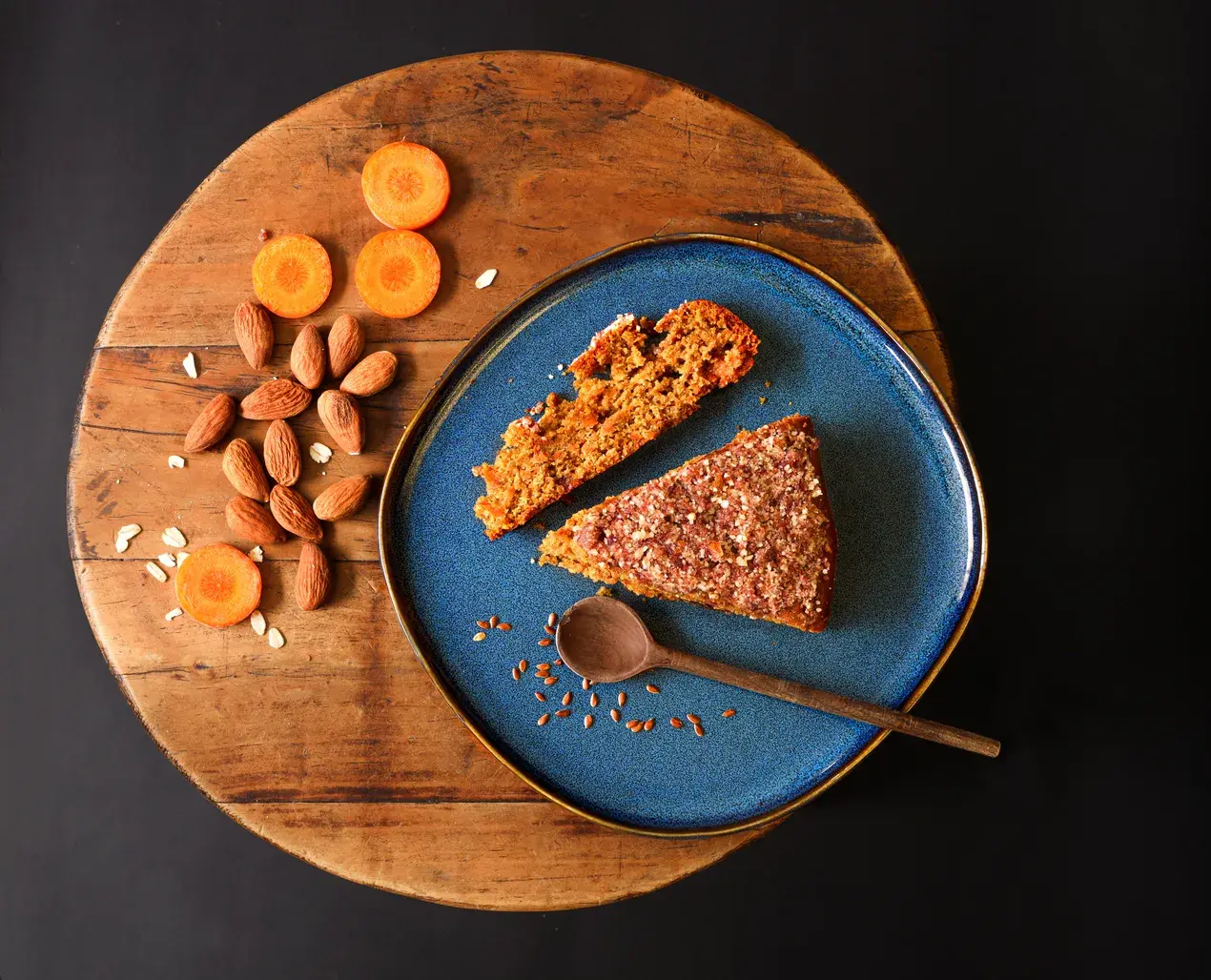



Trending Web Stories
Curated Recipes

